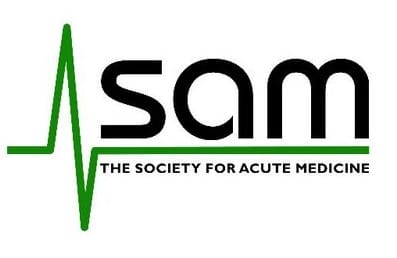Dear Colleague
Urgent and emergency care services remain under significant pressures. There are high numbers of emergency presentations, an increasingly complex and co-morbid patient groups and delays in patient discharges due to social care challenges. In addition, there are increasing waiting times for elective services resulting in a greater proportion of patients deteriorating whilst waiting for intervention and thus requiring acute care. The fatigued staff are struggling with this increased demand. Short term mitigation measures are needed alongside the imperative need to deliver long-term innovative and sustainable measures that will ensure that the NHS can deliver high quality acute and emergency care.
The key role of Acute Medicine in delivering high quality, sustainable urgent and emergency care is increasingly recognised. AMUs remain the bedrock of our service which alongside SDEC and hospital at home services are fundamental aspects of acute medical care. These need to be appropriately resourced so they can continue evolve in a way that benefits patients and the system as a whole.
Reflecting the importance of Acute Medicine to the UEC system, the Society for Acute Medicine (SAM) and NHS England have collaborated to produce “the six to help fix”. This document is designed to describe some of the fundamental components of delivering high quality acute medical care which may help to mitigate some of these significant UEC pressures. It is aimed to support both clinical and operational colleagues. We hope Trusts are able to implement these measures.
With kind regards.
Sue Crossland, Tim Cooksley, Mike Jones and Philip Dyer
Immediate Past President SAM, President SAM, GIRFT clinical leads Acute Medicine
